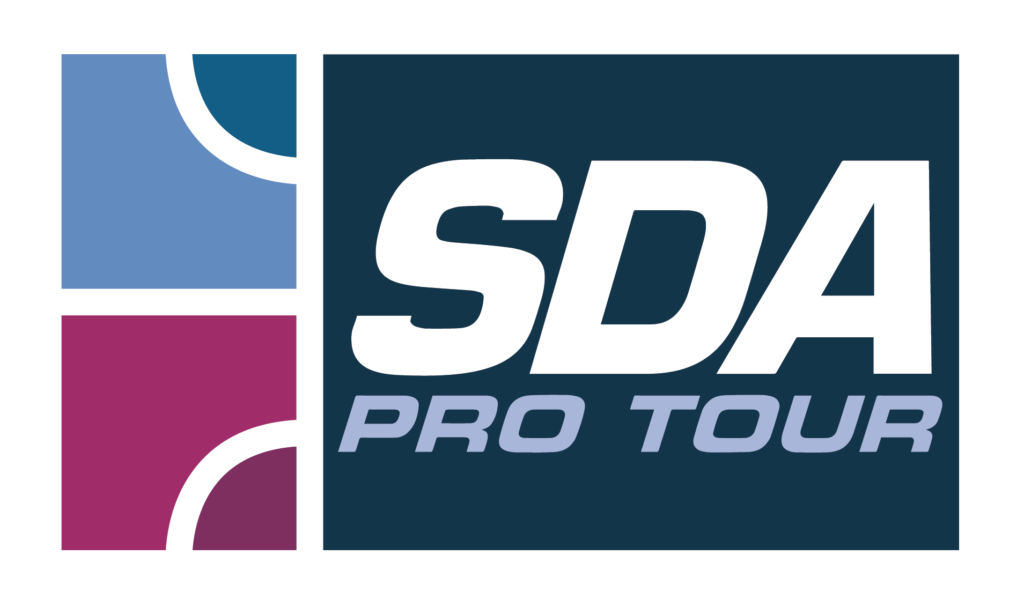Please note! This “cheat sheet” assumes that you already have some understanding of the rules of doubles
Decision Making
If all three refs make the same decision, a let will be played.
Items dropped onto court
When a players goggles or any other item (except for their racket) falls onto the court, that team looses the point
When a player drops their racket and it does not interfere with the rally, then play can continue.
When a player drops their racket and it interferes with play, the point is lost.
If a players racket leaves their hand in the process of striking the ball, the point is lost.
Lets vs. Stokes
When a ball hits a player and it was going directly to the front wall a let is played, provided that player was not on the strikers team.
Where a player is struck by his own shot or his partner’s shot, he shall lose the point, except where an opponent swings at or shapes to play the ball. Where a player swings at or shapes to play the ball, and the ball subsequently strikes the striker or his partner, a let should be played, unless neither of the opponents would have had a play on the ball, at which time the striker’s team shall win the point.
If
Injury, Illness, and Blood
If play is suspended by the Referee because of an injury caused by an opponent to one of the players, such player must resume play within one hour from the point and game score existing at the time play was suspended or his side shall default the match, provided however, if a player suffers a self-inflicted injury such as pulled muscles, or bleeding, play may be suspended by the Referee once during a match for each such player for a period not to exceed five minutes after which time such player must resume play or his side shall default the game and after a further two minutes, the match. Recovery time is permitted only at the time the injury takes place. Only one game may be conceded; a further concession can only be a concession of the match. Points scored in a conceded game shall be retained by the team that concedes. Additional injury time shall not be granted for a reaggravation of a prior injury for which time has already been taken. e. A player who suffers an illness that involves neither an injury nor bleeding must either continue play immediately or concede the game in progress and take the 2-minute interval between games to recover. This includes, but is not limited to conditions such as cramp, nausea, and breathlessness, as well as asthma. The player must then resume play or concede the match. f. If a player’s vomiting or other action causes the court to become unplayable, the match is awarded to the opposing team
Dangerous Play or Unsportsmanlike Behavior
The Center Referee has the power to warn, penalize or default a player for unsportsmanlike conduct or dangerous play. For example but are not limited to: swearing; racquet abuse; physical or verbal abuse of an opponent, Referee, Scorer or Judge; intentionally striking (or attempting to strike) an opponent with a ball or racquet. Instances of dangerous play include, but are not limited to, the following: unnecessarily striking a ball without being aware of your opponents’ positions on the court when a Let would otherwise have been granted to the striker had he/she refrained from such striking; playing a ball so near or in such RULES | DEFINITIONS | GUIDELINES | RULE INTERPRETATIONS 13 proximity to an opponent so as to create a reasonable likelihood of causing injury to said opponent; or the like.
Time between games is 2 minutes and will displayed on the iPad. A warning should be given to players returning to court late.
Ball Changes. The ball will be replaced after game 3 of every match unless the ball has already been replaced during one of the first three games.
